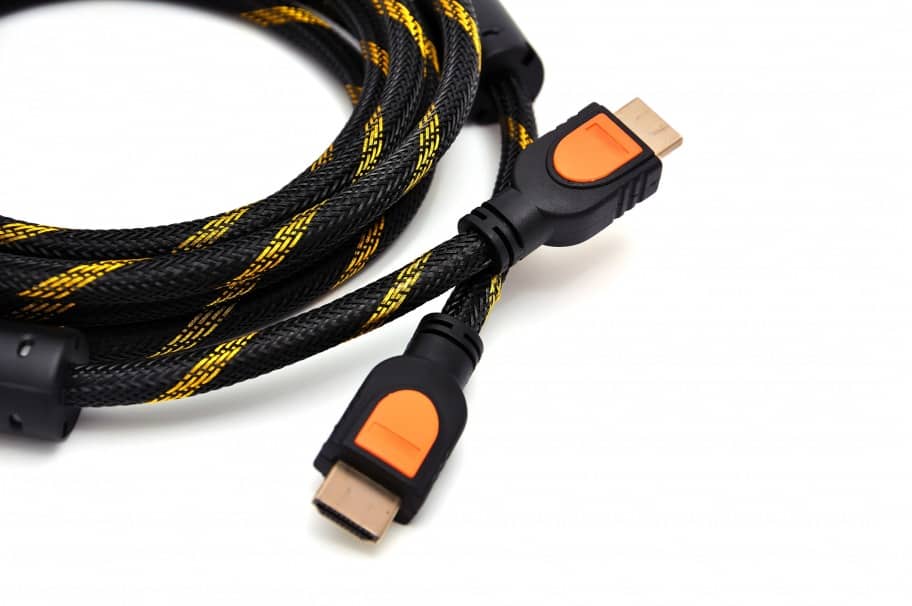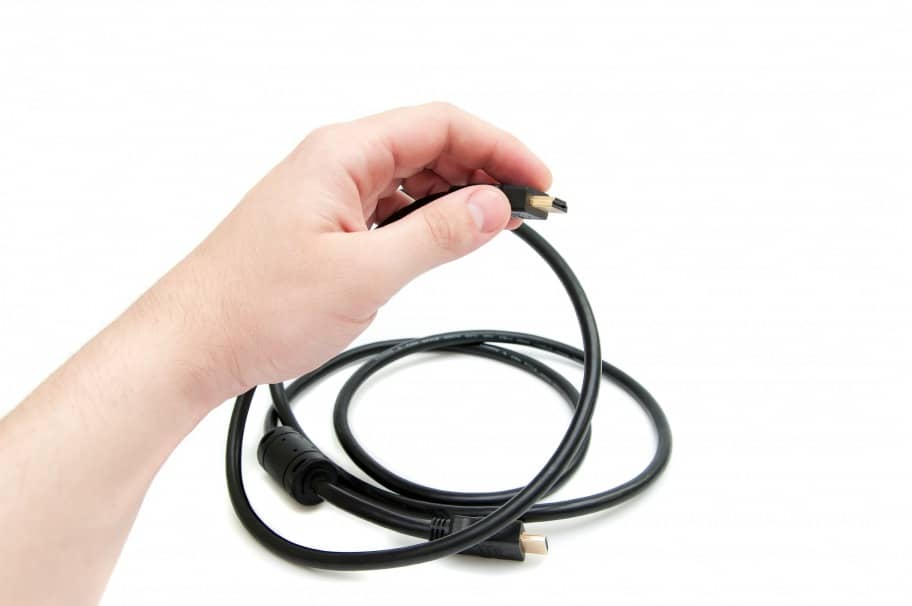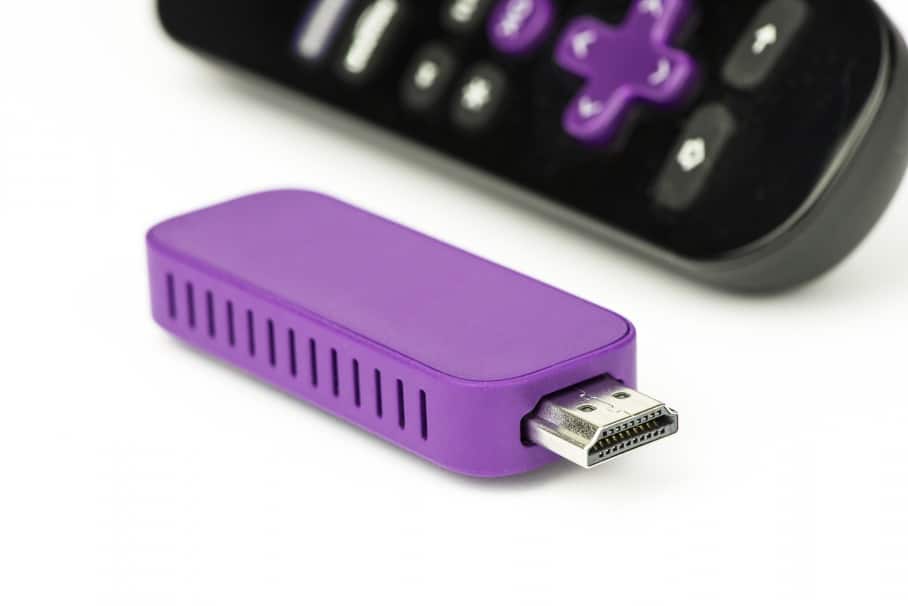HDMI (High-Definition Multimedia Interface) cables are commonly used to connect devices like TVs, gaming consoles, and laptops to displays or projectors. One important factor to consider when choosing an HDMI cable is its length.
The maximum recommended length for an HDMI cable is 50 feet (15 meters). However, it is important to note that the longer the cable, the more likely it is to experience signal loss or degradation. This can result in issues like a loss of audio or video quality, or even complete signal loss.
For most home or office setups, a cable length of 6-10 feet (2-3 meters) is sufficient for connecting devices to displays or projectors. If you need to connect devices over longer distances, it is recommended to use a signal booster or HDMI repeater to maintain signal integrity.
It's also essential to choose a high-quality HDMI cable, as this can help to minimize signal loss or degradation. Look for cables that are certified by organizations like HDMI Licensing Administrator, Inc. (HDMI LA) or that meet industry standards like HDMI 2.1 for the best performance.
Does Cable Length Affect Audio and Video Quality?
In a nutshell, yes, the length of the cable affects the audio and the video quality. This is mainly because of the fluctuating signals as the sound and video travel through the HDMI cable.

In general, there is no specific length that tells you that the HDMI cable is too long or too short. In fact, manufacturers and sites have different answers on how long an HDMI cable should be. For the ordinary customer, this is confusing. But don’t worry, as you read on, you’ll have a fair idea of what the optimal length of the HDMI cable is.
What Affects HDMI Cable Quality?
Have you ever been offered a $100 HDMI cable and felt that it was too much? You’re not alone, because there are a lot of brands out there selling their HDMI cables at an obscene amount claiming that their HDMI cable is better than the others.
Sorry to burst their bubble, but HDMI cable quality is not dependent on the brand of the cable. In fact, a $5 HDMI cable and a $100 HDMI cable are not very different from each other, especially when they have the same specification requirements. If they have passed the specification requirements, then both will work just fine. If you want to buy the more expensive one, know that this can end up being an excessive buy since you can buy the same quality for a cheaper price.
So are cheap HDMI cables better? Unfortunately, this isn’t always the case either. A cheaper HDMI cable is only better if and only if it has passed specification requirements. If it hasn’t, then it’s going to be either useless or risky to use it. This is what other more expensive brands are taking advantage of.
On the other hand, more expensive cables are not entirely bad, especially if they have other features included in the HDMI cable. Some have more heavy-duty connectors which are really important for durability purposes.
Determining the Optimal Length of an HDMI Cable

It’s important to know that HDMI cables have no limits. As far as manufacturers are concerned, they can create a cable that can be longer than 50 feet just in case someone has to connect a player and a TV across the whole house. But who would want that? That’s definitely one of the most useless cables out there.
However, a consensus among manufacturers is that 20 feet is considered to be the maximum length of an HDMI cable if you want to retain the quality of the audio and the video. A little longer than this, and you just might ruin your own viewing and listening experience.
Why 20 feet? Isn’t that too long? Well, it’s definitely long if you have a small room. You don’t really need a long cable to connect your devices. However, 20 feet is just the max length for “manageable” signal transmission. If you don’t need a cable this long, then it’s wise to stick to shorter HDMI cables. The rule here is that the shorter your HDMI cable is, the better the sound and video quality.
What If You Need Longer HDMI Cables?
Say, for some unknown reason, you need an HDMI cable that is beyond 20 feet. What now? You have two options to ensure that signal transmission goes well - an HDMI signal converter and a wireless HDMI kit.
1. HDMI Signal Converter
An HDMI signal converter, or “balun” kit is a small box (more like a mini router) that will extend your HDMI cable by converting it to a different signal. The original signal will be converted to a new one that doesn’t have the same length limitations.

The HDMI signal will be converted to either CAT 5e or CAT 6 which has a cable length maximum of 100 meters. Again, this maximum is considered the optimal length to ensure proper signal transmission. At the end of the cable, there is another box that will convert the CAT 5e or CAT 6 back to HDMI. In short, the HDMI signal converter really just converts the HDMI signal in order to “extend” it for optimum video and audio transmission.
2. Wireless HDMI Kit
Another option is to use a wireless HDMI kit. A wireless HDMI kit works like a wireless signal transmitter. Instead of using a long cable to transmit signals from one end to another, all you need to do is place a wireless product by the TV and place the other wireless box near the video/audio source.
However, wireless HDMI kits like this one are very expensive. They cost at least $300, and the video quality that they give is not exactly high. If you’re keen to detail, you will definitely notice the difference.
While these two methods can easily give you better signal transmission, you have to gauge if they are worth it. These methods are not entirely cheap, and you have to decide if it’s better for you to buy a kit or just to move your TV and input source together. You’d be surprised at how the second option is the better one because you don’t have to buy a longer cable or a kit just to transmit the HDMI signal over a long distance. If you really have to transmit through a long distance, then look for a kit that is both affordable and durable.
Conclusion
Overall, the consensus for the optimal length of an HDMI cable is 20 feet. If you need a cable longer than that, you can go for either an HDMI signal converter or a wireless kit. These methods are used to help “extend” the cable without affecting the sound and video quality.



1 comment
What about fiber optic HDMI cables. You forgot to mention them. They will give you the distance you need to have good AV quality on long runs. If you need anything 20ft or more. Some fiber optic HDMI’s are rated for several 100ft without signal loss.
Comments are closed.